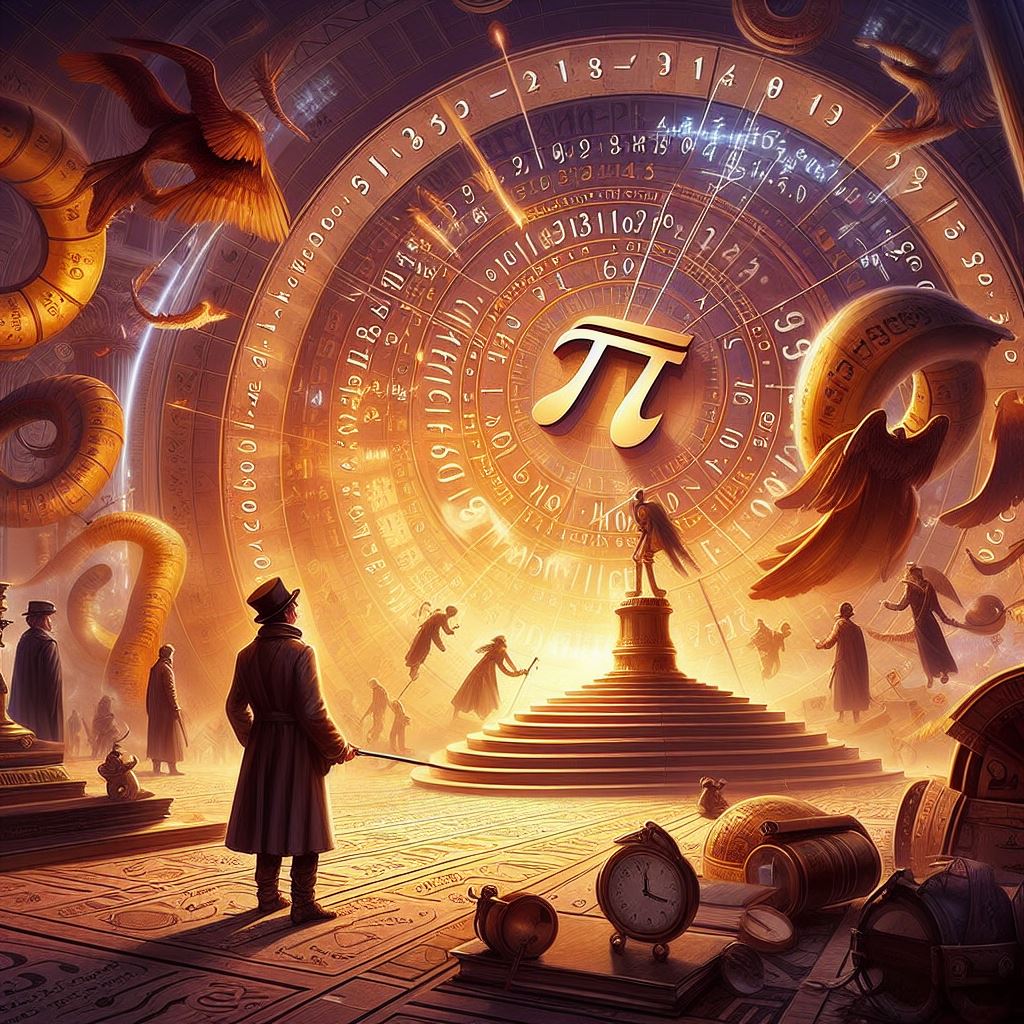
In the vast landscape of mathematical constants, one particular variation has piqued the curiosity of scholars and enthusiasts alike – Pi123. Join us on a captivating journey as we delve into the mysteries, history, applications, and controversies surrounding Pi123, a unique variation of the renowned mathematical constant.
Definition of Pi123
Pi123, an intriguing variation of the mathematical constant π (pi), introduces us to a realm of numeric mystique. Unlike traditional pi, Pi123 brings a unique set of properties and characteristics, offering a fresh perspective in the mathematical discourse.
The Mystique of Mathematical Constants
Before diving into the specifics of Pi123, let’s briefly explore the broader landscape of mathematical constants. These constants, like pi, have played a crucial role in shaping mathematical principles and formulas, serving as foundational elements in various branches of mathematics.
Purpose of the Journey
Our journey aims to demystify Pi123, offering insights into its properties, historical significance, practical applications, and the ongoing debates within the mathematical community. Prepare to embark on a voyage into the depths of numerical fascination.
Understanding Pi123
Exploring Pi Variations
To understand Pi123, we first revisit the traditional representation of pi. Pi, commonly expressed as 3.14159, signifies the ratio of a circle’s circumference to its diameter. Pi variations, including Pi123, introduce alterations to this numeric constant, expanding our understanding of mathematical possibilities.
Mathematical Properties of Pi123
Pi123 exhibits distinctive properties that differentiate it from conventional pi. While traditional pi is an irrational number, Pi123’s variations may introduce new numeric patterns and characteristics. Exploring these nuances allows us to appreciate the diversity within mathematical constants.
Historical Significance
Origin and Discovery
The historical context of Pi123 remains intertwined with the broader history of mathematical exploration. Mathematicians and scholars across centuries have contributed to the discovery and understanding of variations in pi, laying the foundation for Pi123’s contemporary significance.
Evolution of Mathematical Constants
As mathematical constants evolve, Pi123 represents a progressive step in the ongoing exploration of numeric constants. Understanding Pi123 in the context of this evolution provides valuable insights into the dynamic nature of mathematical research.
Applications of Pi123
Practical Use Cases
While pi’s practical applications are well-established, Pi123’s unique properties may find applications in specific mathematical scenarios. From complex calculations to theoretical frameworks, exploring where Pi123 is applied sheds light on its potential significance.
Contributions to Mathematical Research
Pi123’s role in advancing mathematical understanding extends beyond applications. Research papers and publications dedicated to Pi123 contribute to the collective knowledge of the mathematical community, fostering continual exploration and discovery.
Calculating Pi123
Mathematical Formulas
Formulas for calculating Pi123 may vary depending on the specific variation under consideration. These formulas delve into the intricacies of numeric patterns, providing mathematicians with tools to explore and calculate Pi123 accurately.
Challenges in Precision
Calculating Pi123 introduces challenges related to precision. As mathematicians strive for greater accuracy, they navigate the complexities of numeric representations to ensure that Pi123 calculations align with the intended variations.
Mysteries and Controversies
Mathematical Controversies
Debates surrounding pi variations, including Pi123, add a layer of intrigue to the mathematical landscape. As scholars grapple with theoretical nuances, controversies arise, fostering intellectual discourse within the mathematical community.
Unsolved Problems and Future Research
The exploration of Pi123 reveals existing mysteries and stimulates future research. As mathematicians tackle unsolved problems related to Pi123, the potential for new discoveries and breakthroughs in mathematical understanding remains on the horizon.
Community Engagement
Mathematical Forums and Discussions
Active engagement within mathematical forums provides a platform for enthusiasts and scholars to share insights, discuss findings, and collectively explore the nuances of Pi123. These online spaces foster a sense of community among those captivated by numeric mysteries.
Q&A Section
Incorporating a Q&A section allows readers to actively participate in the exploration of Pi123. Answering common questions and encouraging inquiries transforms the blog into a dynamic resource that reflects the interests and curiosities of its audience.
Educational Significance
Pi123 in Educational Curriculum
The incorporation of pi variations, including Pi123, into educational curricula enriches the learning experience for students. Understanding these variations nurtures mathematical curiosity and inspires the next generation of mathematicians.
Inspiring Future Mathematicians
Pi123’s role in inspiring mathematical curiosity goes beyond its numeric properties. By showcasing the diversity within mathematical constants, Pi123 contributes to fostering a passion for mathematics among students and aspiring mathematicians.
Conclusion
Recap of Key Findings
Our journey into the secrets of Pi123 has unraveled a tapestry of mathematical mysteries. From its historical significance to its applications and ongoing research, Pi123 stands as a testament to the ever-evolving nature of mathematical exploration.
Final Thoughts
As we conclude this exploration, the mysteries surrounding Pi123 invite continued curiosity and inquiry. Embracing the enigma of mathematical constants, we celebrate the allure of Pi123 and its enduring impact on the world of mathematics.
Leave a Reply